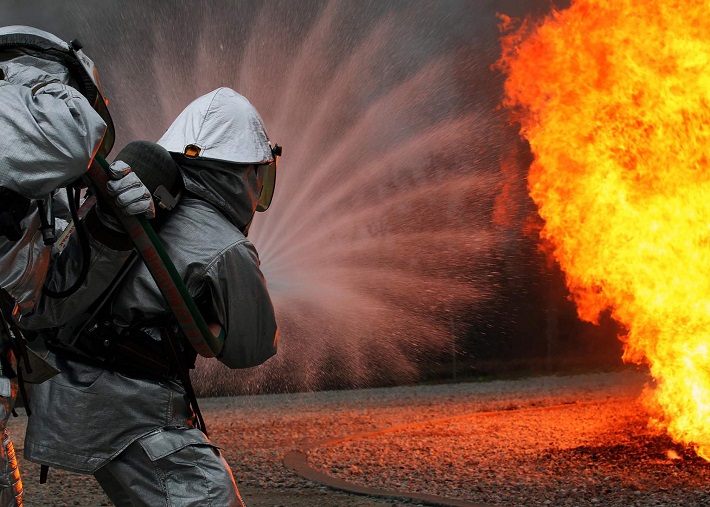In the world of power tools, there are those we can count on when it comes to getting a helping hand for taking care of certain projects, which may or may not always be necessary, and then there are those that are meant to protect us, so there’s no question about their necessity.
My focus is on the latter, particularly the firefighter pumps. Since they are created to protect human life, as well as property, there’s no doubt households, and commercial buildings alike, simply must be equipped with them. Accidents are unpredictable, and you never know when something might trigger a fire, which is why there’s no price on safety, be it at home, or the workplace.
Our country is known for the breakout of bushfire seasons, which is a reason more to own a firefighting pump. Speaking of businesses, on the other hand, business owners don’t usually consider it a must to insure themselves of fire, which immediately puts themselves, their workers, and their most valuable asset (the business) in jeopardy.
 Given the fact there is a wide range of firefighter pumps nowadays, they are affordable, powerful, and reliable, easy to use, made of high quality materials, built to stand the test of time, and they happen to be the most important components of a household, and commercial building’s firefighting system. The other components are the water storage tanks, that can be placed on top of the building, or underground, and the network of pipes, with sprinklers, or hydrants attached.
Given the fact there is a wide range of firefighter pumps nowadays, they are affordable, powerful, and reliable, easy to use, made of high quality materials, built to stand the test of time, and they happen to be the most important components of a household, and commercial building’s firefighting system. The other components are the water storage tanks, that can be placed on top of the building, or underground, and the network of pipes, with sprinklers, or hydrants attached.
Choosing the ideal firefighting pump depends on certain aspects, such as deciding on the pumps capacity which is directly connected with how vast the sprinklers and hydrants area is, how many of them there are, as well as the size and layout of the building itself.
Likewise, there’s the flow rate of the pump, something that’s essential so you’d know the volume of water that would be needed to move, and the distance of gushing water, with households requiring somewhere between 200 and 1000 litres per minute, whereas commercial buildings require more. Pressure is another aspect you have to look into, with more than 100 PSI needed to put out a fire.
Think in terms of mobility, whether you want the pump to be fixed or portable, be sure to check its engine specs, warranty, reliable ignition system that requires less maintenance, ease of start, and of course make the decision between petrol and diesel, having in mind diesel powered engine pumps are safer, more efficient, and can perform longer.



